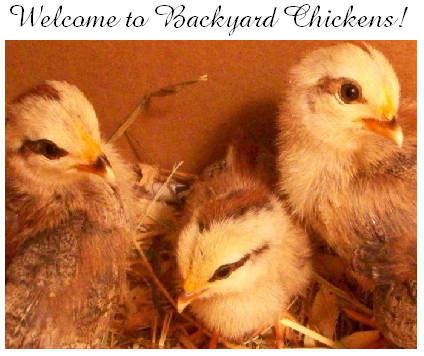So I've kept ducks and chickens before, I still have my muscovies, but I've always wanted to keep pheasants as my grandfather did. So three months ago I found a source and ordered my chicks, I got 6 1 day old chicks a little more then a week ago, lost three but I think I have two girls and a boy which is what I wanted.
My source was a guy with an incubator who was able to pick up eggs from the Canadian pheasant company in Alberta, I'm in British Columbia and no one seems to keep pheasants here, I was hoping that he would let them grow a little but he wanted them gone as soon as they were hatched, not sure if that, feed, warmth or just me being new was reason for the loss.
But I still have three! I'm feeding them 22% unmedicated chick starter as my feed company sold the game bird feed I had ordered before I could pick up, yes the luck I have, I'm planning on switching them over at 2-3 weeks. They grow so fast and are pretty impressed with themselves now that they can fly a little.
They are Ringneck pheasants, I have no idea if they are related, but three out of a batch of 80 eggs I think there is a good chance that they are not, hoping I got a least a pair but I have a while to go.
So please, tell me books I should read or feed info I should know, I seem to be reading a lot about cannibalism issues with birds that are overcrowded.
I'm keeping them as hobby birds, to eat and breed and be as calm and friendly as I can make them, I have one that will hop onto my hand and is a sweetheart, the other two are a little less trusting unless I have something to peck at.
Thank you to anyone who takes the time to tell me pheasant tales, hoping to learn as much as I can, I really love the ringnecks maybe when I have some more experience I will look for my other pheasant favorite the gray peacock pheasant, but not yet.
I also keep& breed netherland dwarf bunnies, wondering if the pheasants and bunnies would be ok in a large run together, but we'll see about that.
Hello BYC.
My source was a guy with an incubator who was able to pick up eggs from the Canadian pheasant company in Alberta, I'm in British Columbia and no one seems to keep pheasants here, I was hoping that he would let them grow a little but he wanted them gone as soon as they were hatched, not sure if that, feed, warmth or just me being new was reason for the loss.
But I still have three! I'm feeding them 22% unmedicated chick starter as my feed company sold the game bird feed I had ordered before I could pick up, yes the luck I have, I'm planning on switching them over at 2-3 weeks. They grow so fast and are pretty impressed with themselves now that they can fly a little.
They are Ringneck pheasants, I have no idea if they are related, but three out of a batch of 80 eggs I think there is a good chance that they are not, hoping I got a least a pair but I have a while to go.
So please, tell me books I should read or feed info I should know, I seem to be reading a lot about cannibalism issues with birds that are overcrowded.
I'm keeping them as hobby birds, to eat and breed and be as calm and friendly as I can make them, I have one that will hop onto my hand and is a sweetheart, the other two are a little less trusting unless I have something to peck at.
Thank you to anyone who takes the time to tell me pheasant tales, hoping to learn as much as I can, I really love the ringnecks maybe when I have some more experience I will look for my other pheasant favorite the gray peacock pheasant, but not yet.
I also keep& breed netherland dwarf bunnies, wondering if the pheasants and bunnies would be ok in a large run together, but we'll see about that.
Hello BYC.


